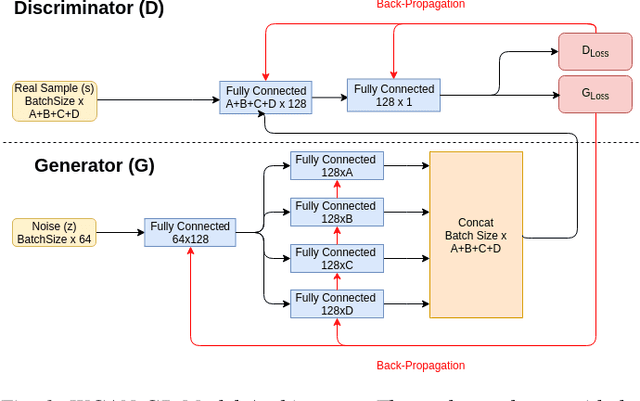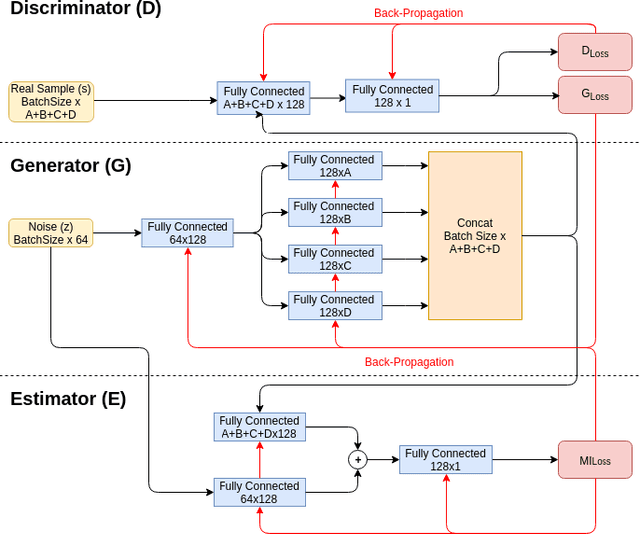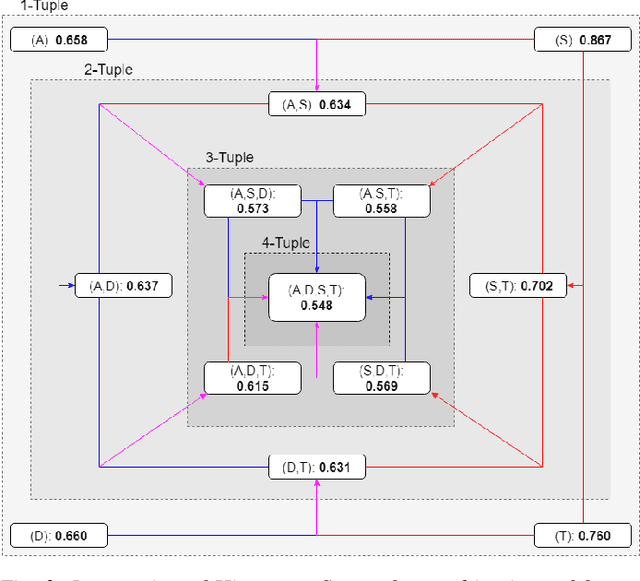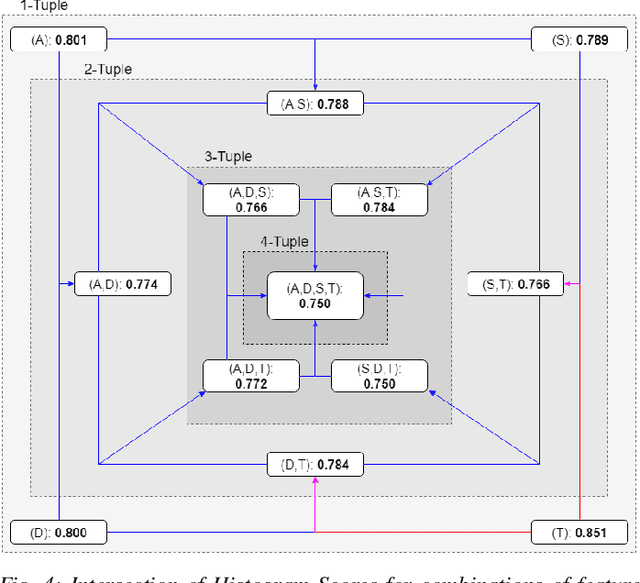On the Veracity of Cyber Intrusion Alerts Synthesized by Generative Adversarial Networks
Paper and Code
Aug 03, 2019



Recreating cyber-attack alert data with a high level of fidelity is challenging due to the intricate interaction between features, non-homogeneity of alerts, and potential for rare yet critical samples. Generative Adversarial Networks (GANs) have been shown to effectively learn complex data distributions with the intent of creating increasingly realistic data. This paper presents the application of GANs to cyber-attack alert data and shows that GANs not only successfully learn to generate realistic alerts, but also reveal feature dependencies within alerts. This is accomplished by reviewing the intersection of histograms for varying alert-feature combinations between the ground truth and generated datsets. Traditional statistical metrics, such as conditional and joint entropy, are also employed to verify the accuracy of these dependencies. Finally, it is shown that a Mutual Information constraint on the network can be used to increase the generation of low probability, critical, alert values. By mapping alerts to a set of attack stages it is shown that the output of these low probability alerts has a direct contextual meaning for Cyber Security analysts. Overall, this work provides the basis for generating new cyber intrusion alerts and provides evidence that synthesized alerts emulate critical dependencies from the source dataset.
 Add to Chrome
Add to Chrome Add to Firefox
Add to Firefox Add to Edge
Add to Edge